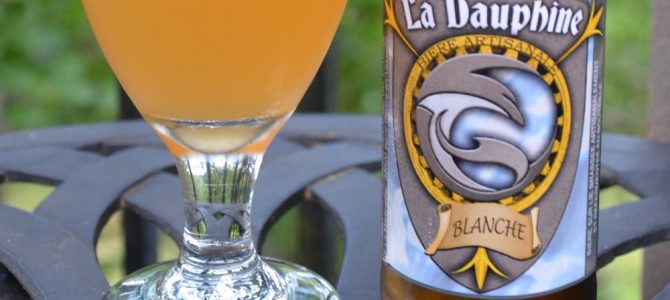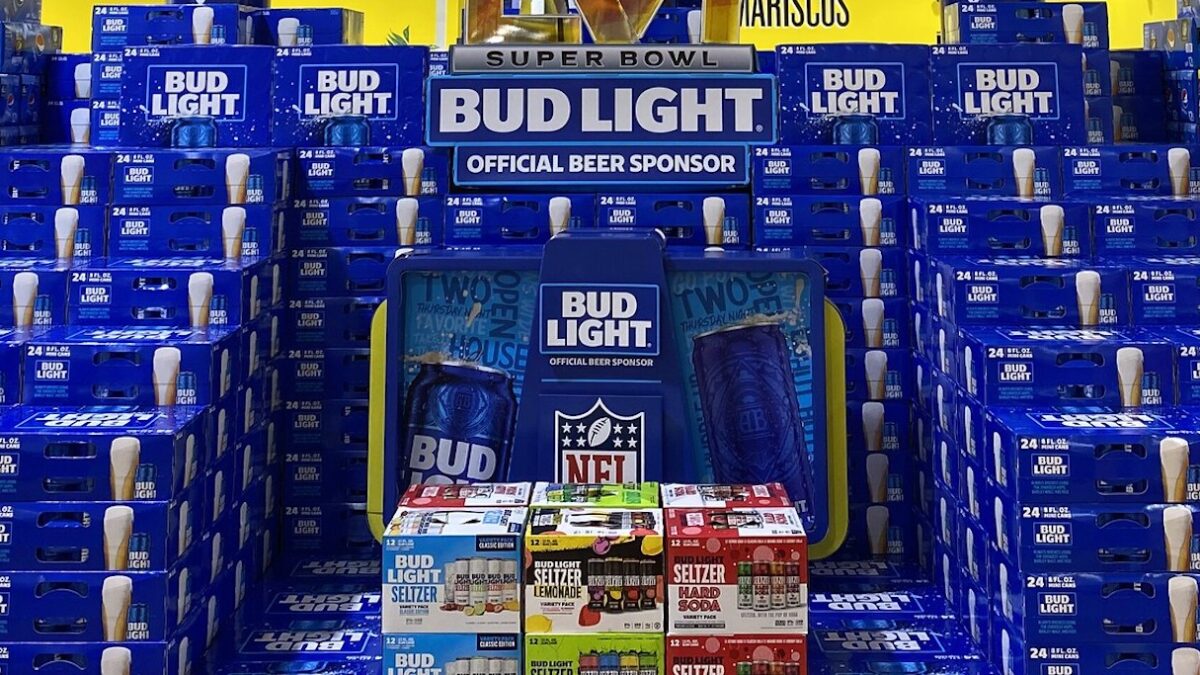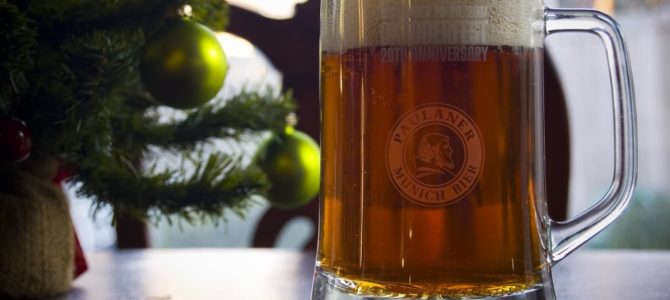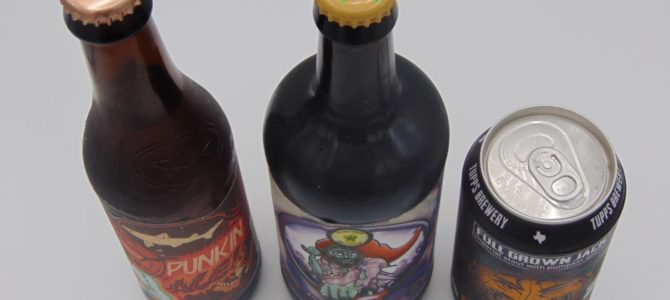In 1524, by the order of King Francis I of France, Giovanni de Verrazzano set sail from Normandy to find the fabled “Northwest Passage.” Aboard his flagship, the La Dauphine, Verrazzano headed West across the Atlantic in hope of fame and glory. It is a trip that many a European explorer made as they discovered the New World in the fifteenth and sixteenth centuries.
Crossing the Atlantic doesn’t seem like such a big accomplishment these days. Thousands of people fly to and from the Americas each day on jumbo jets. It takes just a few hours. Even if you go by sea in a cruise or cargo ship, it’s not nearly the long, dangerous journey it was nearly 500 years ago.
The La Dauphine was a 100-ton carrack, one of the most common ocean voyaging ships of the age. With three masts and a crew of about 50 people, La Dauphine’s creaking, wooden hull took Verrazzano the nearly 4,000 miles from France to coastal North Carolina, arriving a month and a half after he left Europe.
Verrazzano may have been a good sailor, but he was not a good map-maker. Upon his discovery of the Pamlico Sound, a large lagoon between North Carolina’s barrier islands and the mainland, Verrazzano created a massive cartographic error that left map-makers flummoxed for nearly a century. The so-called “Verrazzano’s Sea” appeared to be a false connection across the continent toward the West Coast.
Maybe Verrazzano’s folly could be owed to what he was drinking. For multi-month sea voyages, sailors often relied on my favorite beverage for survival: beer. Sea water isn’t drinkable, and with long, ocean-crossing journeys it was impossible to bring enough potable fresh water on the ship. So one of the drinks of choice was beer, generally “small beer,” meaning beer brewed to have a lower alcohol content.
These days people trying to eat healthy tend to steer clear of alcohol, but until modern water treatment processes came along, water was often not safe to drink. Parasites, disease, all sorts of nasty germs were commonplace in water stores. The process of making beer and other forms of alcohol ensure they are safe to drink, free of the potential pitfalls of straight water.
Beer was so commonplace on sailing ships that it led to the development of the India Pale Ale, which I’ve written about so many times before. Beer was the health food of choice for many thirsty people, particularly those on overseas voyages. Today’s Val d’Ainan brewery in France brews a La Dauphine beer, a perfect way to honor the sixteenth-century sailing vessel and the beverage that was probably sloshing around in barrels below deck.

From Saint-Geoire-en-Valdaine, a beautiful city at the base of the French Alps, La Dauphine’s Blanche is a witbier full of the wheaty, fruity flavors that are a hallmark of this type of beer. Featuring American Cascade hops, Alpine French water, and pops of citrus, it’s a fitting combination of ingredients from the Old World and the New.
The Blanche is a cloudy, bottle-fermented, honey-colored witbier. Its thin white head is quick to disappear, but the effervescence of the bubbles persist as you enjoy the beer. You can definitely taste orange notes in each sip, giving this beer a refreshing flavor that’s easy to drink. I will say, this beer might not be easy for you to get your hands on here in the United States. This bottle came courtesy of one of my wife’s co-workers from France. It’s a local favorite in the French Alps, but not common outside of France. Like the sailing ship it shares a name with, you may need to journey across the Atlantic to gets your hands on this tasty La Dauphine beer.









